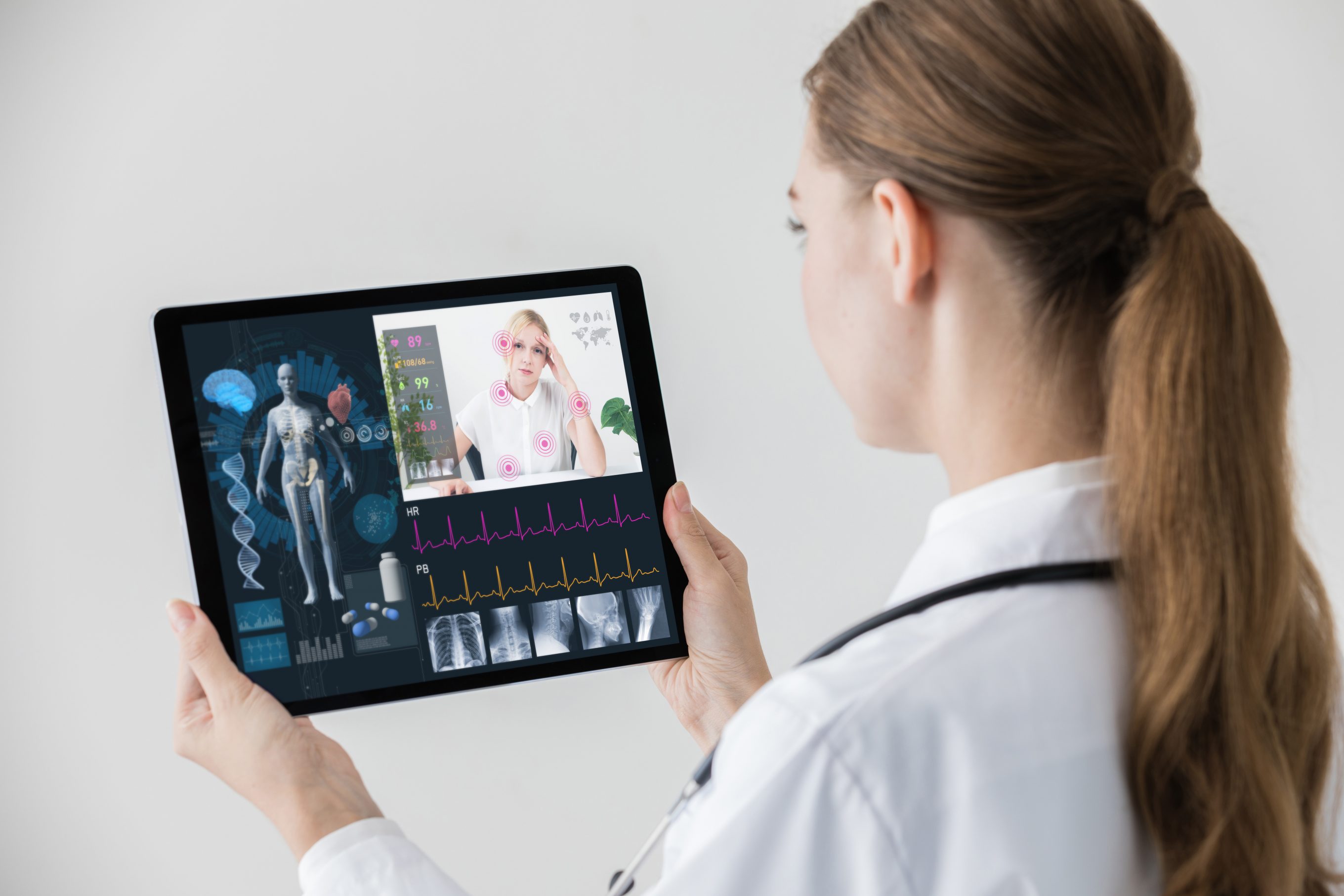Digital Transformation in European Healthcare
Digital Health
Digital health refers to using information and communications technologies in medicine and other health professions to manage illnesses and health risks and to promote wellness. Digital health has a broad scope and includes wearable devices, mobile health, telehealth, health information technology, and telemedicine.
(Ronquillo et al., 2022)
“The global digital health market was valued at USD 111.4 billion in 2019 and is expected to reach USD 510.4 billion by 2025…Different technologies such as m-health, electronic health record (EHR), healthcare analytics, and telemedicine contributed to the digital health market size .” (VynZ Research, May 2020)
Shaping the Future of European Healthcare Report
The report comprises extensive literature reviews to understand digital transformation policies and practices. A survey of 1,800 clinicians (doctors and nurses) working across primary and secondary care. A series of interviews with stakeholders in each selected country will help understand their challenges and identify examples of good practice. Discussions with colleagues from countries chosen to obtain their insights on the challenges of their healthcare systems. (Deloitte, 2020)
Europe’s Healthcare System
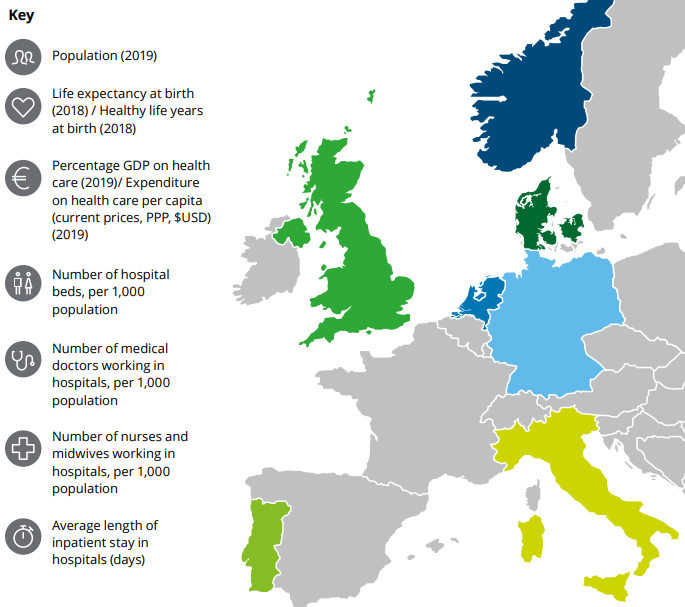
Figure 1: Key facts on European countries covered in the report
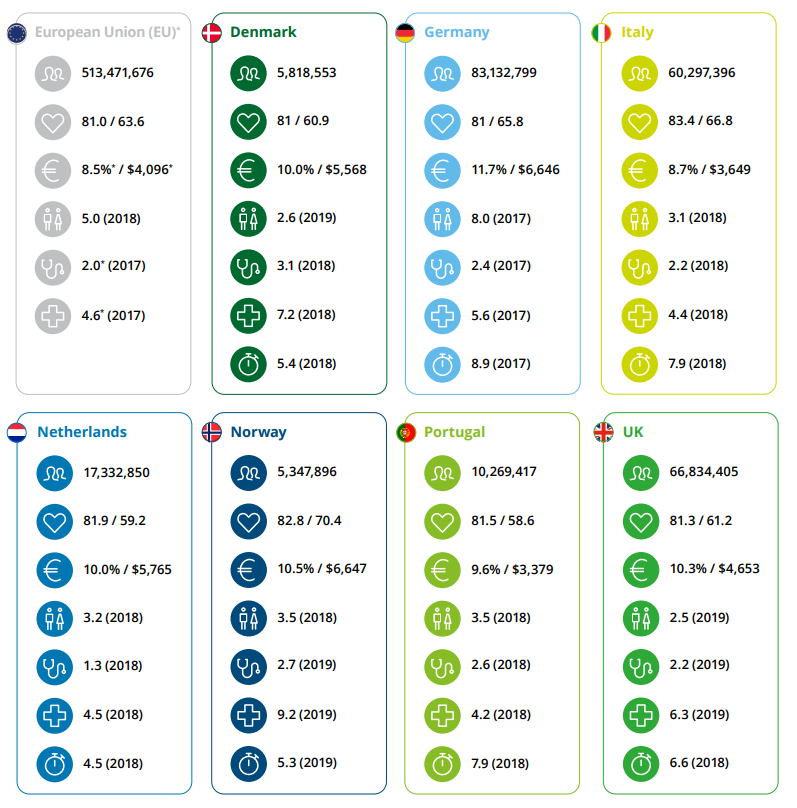
Figure 2: OECD, Eurostat, The World Bank 2020
PART 1: The Drivers of Digital Transformation in Healthcare
Increasing Demands and Decreasing Capacity

Figure 3: Adapted from Deloitte research, Eurostat, WHO, icare4eu
The Rationale for Digital Transformation of Healthcare
In most countries, the COVID-19 pandemic has exacerbated these workforce pressures. Hospitals had to reorganise their services in the shortest time frames. Moreover, the absence of suitable treatments and the risks and fear of contracting the virus have increased physical and mental health pressures, impacting the capacity of the workforce still further. Over the past decade, healthcare has been shaped by the emergence of many life-extending and life-enhancing therapies and medical technologies, leading to improved health outcomes and increased costs. The pace and scale of innovation have accelerated with the development of health technologies such as digital medicine, genomics, robotics and artificial intelligence.

Figure 4: The benefits of digital transformation
Driving the Digital Transformation of Healthcare
While health IT systems and infrastructure in Europe have been evolving for more than forty years, the levels of digital maturity vary between and within countries. Digital transformation of healthcare involves multiple stakeholders with different interests. Moreover, at global, regional and individual country levels, there is a growing recognition of the importance of digital transformation in tackling many of the gaps between supply and demand.
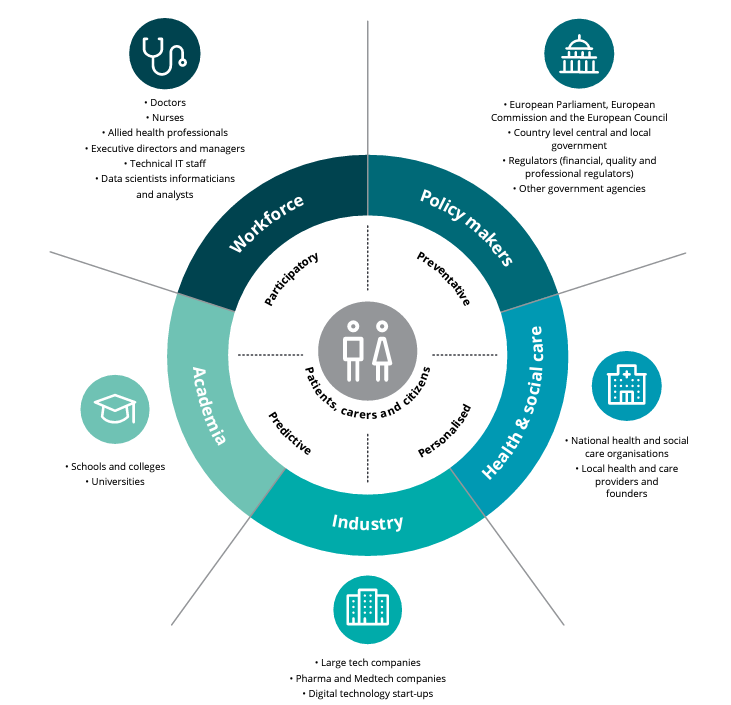
Figure 5: Stakeholders involved in the digital transformation of healthcare
Evaluating the Digital Maturity

Figure 6: Evaluating the digital maturity
Part 2: Current State of Digitalisation and Actions to Close the Digital Gap
The Current State of Digitalisation
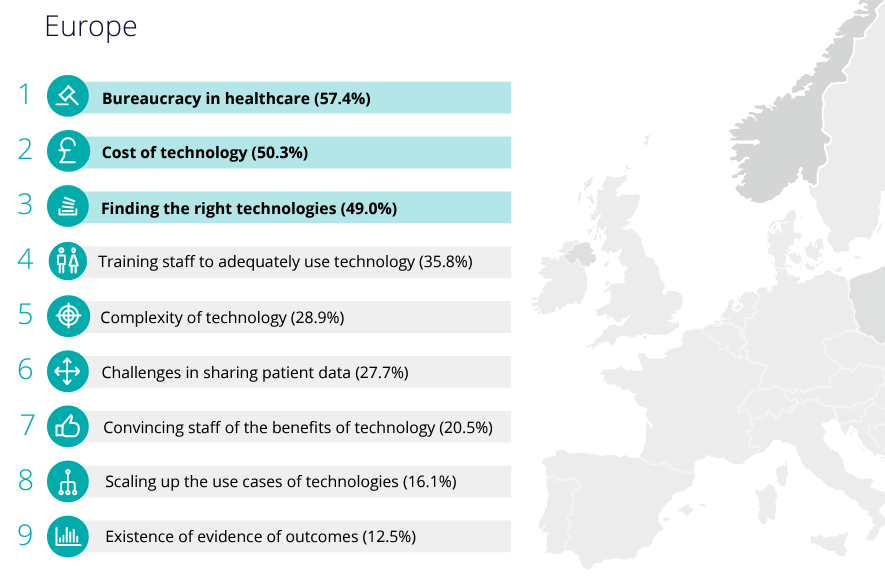
Figure 7: What are the top three challenges facing organisations in implementing digital technologies?
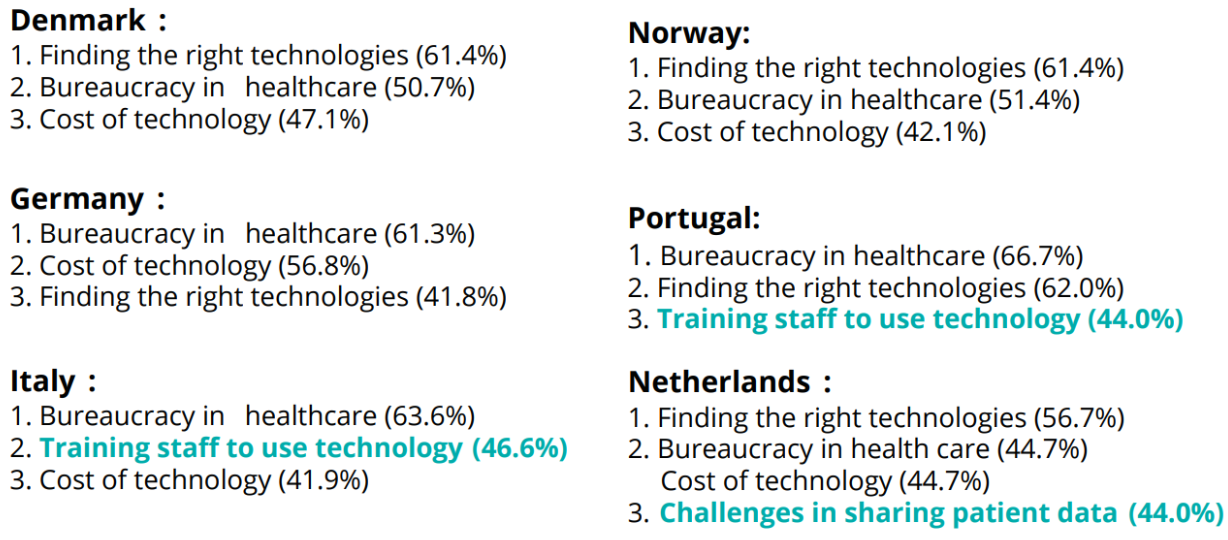
Figure 8: What are the top three challenges facing organisations in implementing digital technologies? (By Country)
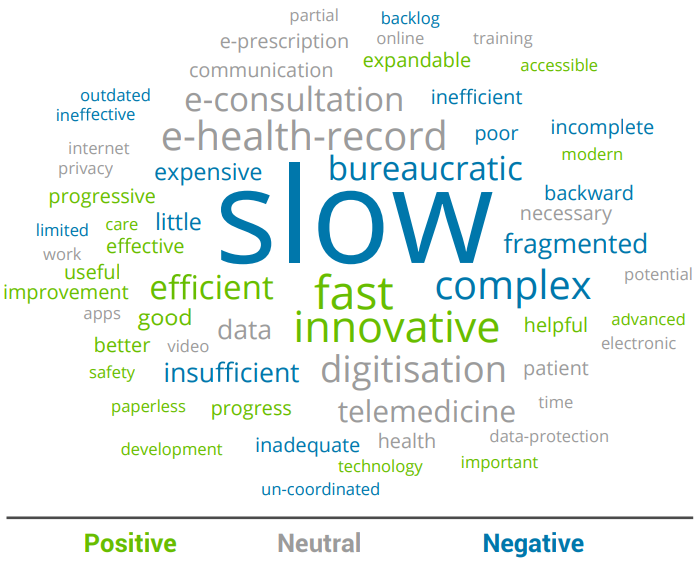
Figure 9: When thinking of the country’s progress toward digital transformation, the top three words come to mind.
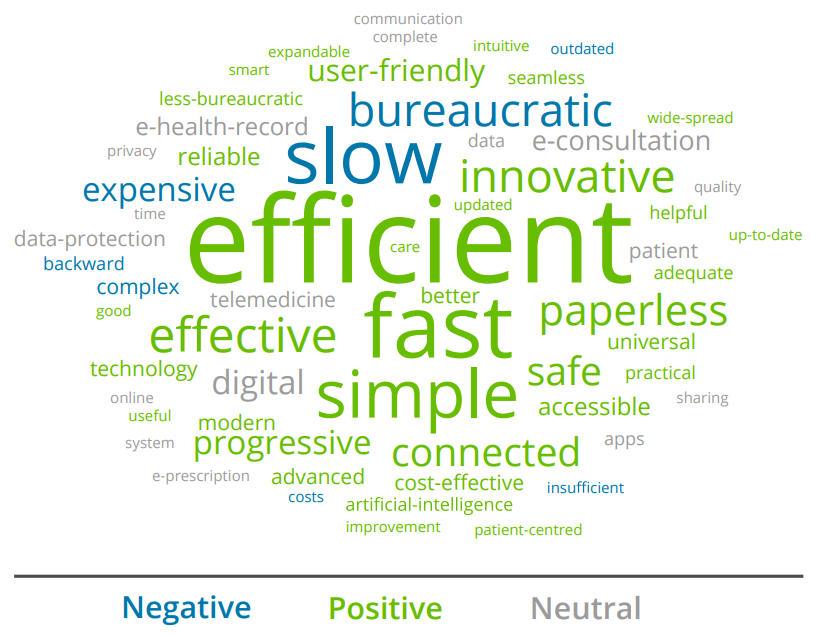
Figure 10: Healthcare system five years from now; what three words would you hope to use to describe the progress of digital transformation?
Adopting Different Types of Digital Technology
The survey presented clinicians with a list of digital health technologies to understand which they used the most and the extent to which the technology helped them improve their efficiency and the quality of care. However, there were some notable variations both between and within countries. In the Netherlands, 97% of clinicians reported using EHRs, while in Italy, the percentage was only 69%; Germany stands out as having the lowest levels of e-prescribing with low use of online booking arrangements in Norway. Overall, clinicians in the Netherlands, Denmark and Norway reported higher adoption of digital technologies.
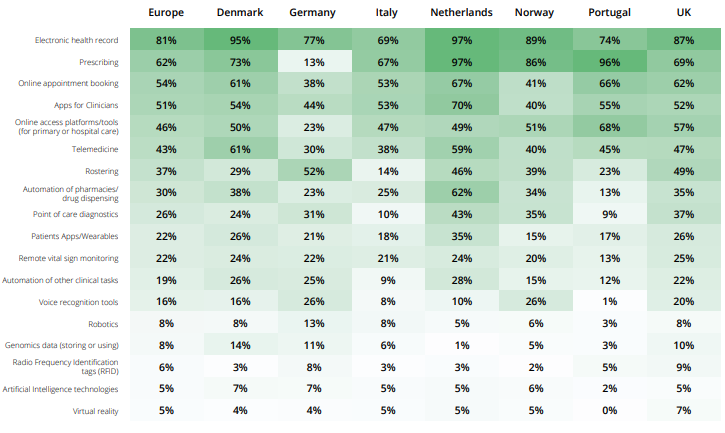
Figure 11: Variations in the percentage of clinicians using the different types of digital technologies

Figure 12: Key actions to close the digital gap
- Leadership: Develop digital leadership skills and improve the digital literacy of staff and patients.
- Governance: Establish a robust governance framework to support change management and a culture of digital transformation, including clarity over data ownership, cyber security, patient consent and patient education.
- Interoperability: Address the interoperability challenge by developing shared local or national records with a single patient identifier and transparent consent processes and embrace secure cloud technology.
- Open EHRs: Implement accessible and integrated EHR systems and invest in the essential digital technologies that accelerate digitalisation.
- Infrastructure: create a robust health IT infrastructure that includes connectivity (Wi-Fi, fibre optic, broadband, etc.), safe data storage and consented access to health data and data sharing.
Part 3: Improving Citizens’ Experience of Digital Health
Using the Internet to Obtain Healthcare Information

Figure 13: Percentage of individuals making an appointment with a practitioner via a website in 2018
Challenges to Digital Inclusion

Figure 14: Challenges to digital inclusion
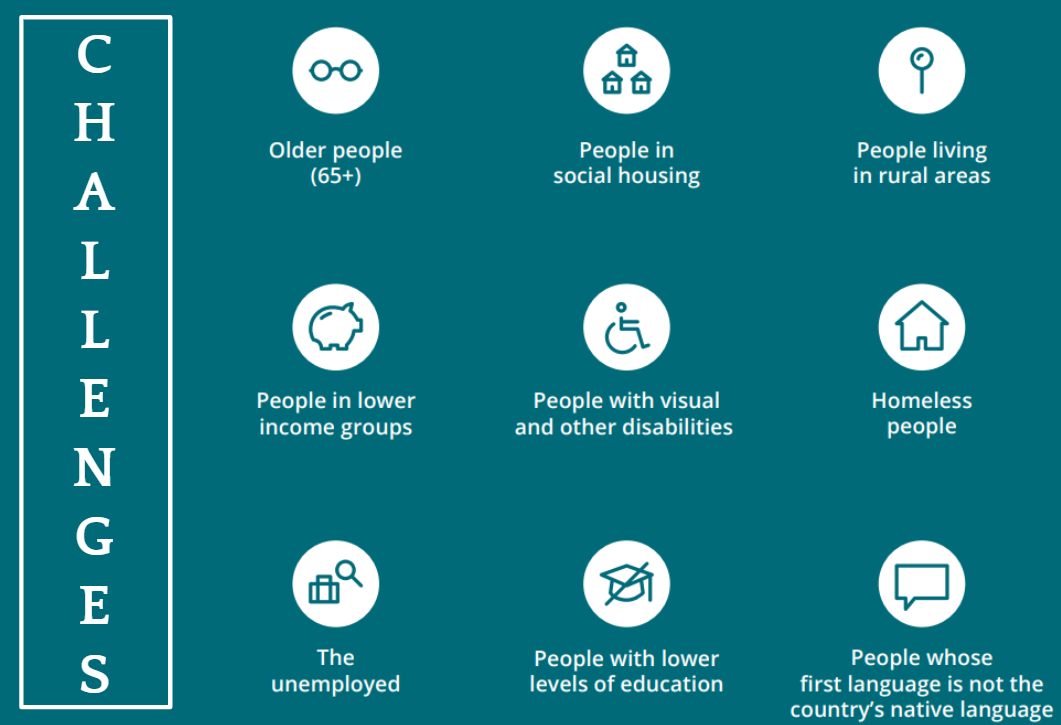
Figure 15: Challenges to digital literacy
Improving Digital Inclusion
Organisations such as the WHO, the EC and UNICEF are attempting to improve citizens’ digital skills to support the wider deployment of digital health technologies. However, according to the EC’s 2019 DESI report, nearly a third of Europeans aged 16-74 (28.9%) still lack basic digital skills. Indeed, 31.5% of Italians and 27.8% Portuguese citizens say they lack basic digital skills. This compares with only 15% in the Netherlands and Norway. Many Europeans also lack awareness of how digital technologies could help them manage their health. Likewise, there is low awareness of being able to access EHR systems.
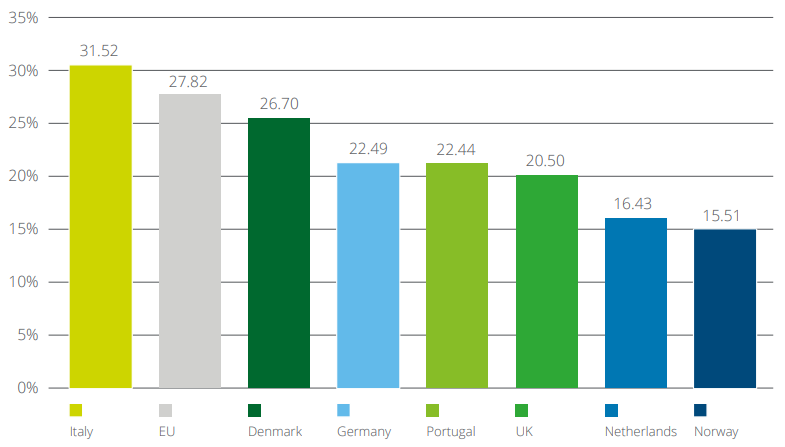
Figure 16: The percentage of European citizens lacking digital skills in 2019
Part 4: COVID-19 and the Acceleration in Adoption of SMART Technologies
The SMART Scale
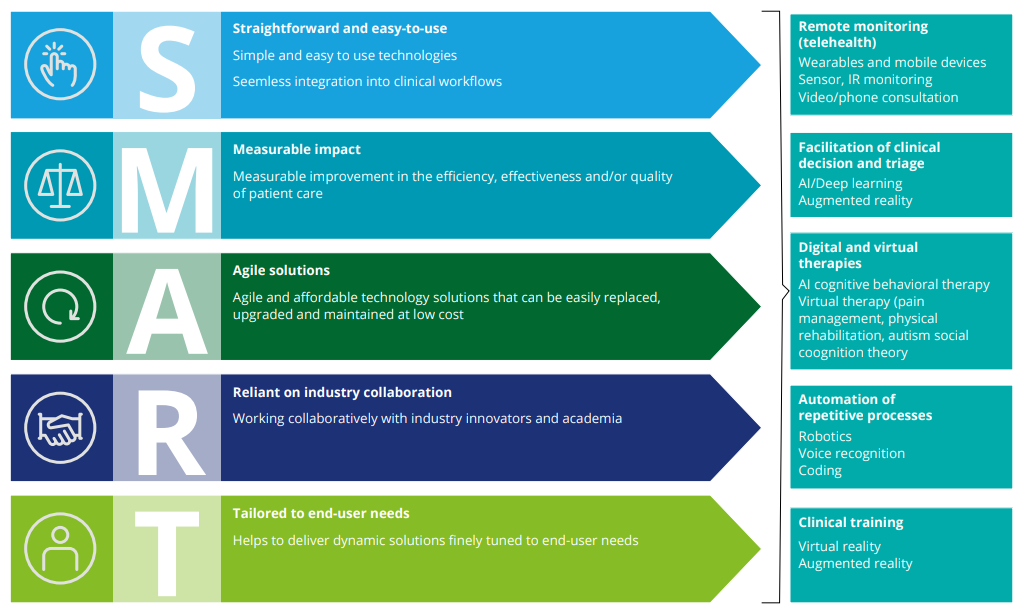
Figure 17: The SMART Scale
The Impact of the Pandemic on Digital Health
The COVID-19 pandemic has accelerated the digitalisation of healthcare by at least a decade. Attitudes to care have changed, and boundaries in place for a long time have been removed, creating the opportunity for new healthcare behaviours.
The pandemic has also increased citizens’ understanding of their health status, particularly the importance of mental and physical health and the link between having a healthy immune system and prevention. This is part of a significant shift towards a digital health system approach that will connect and empower people and populations to manage their health and wellness.
Future of Health
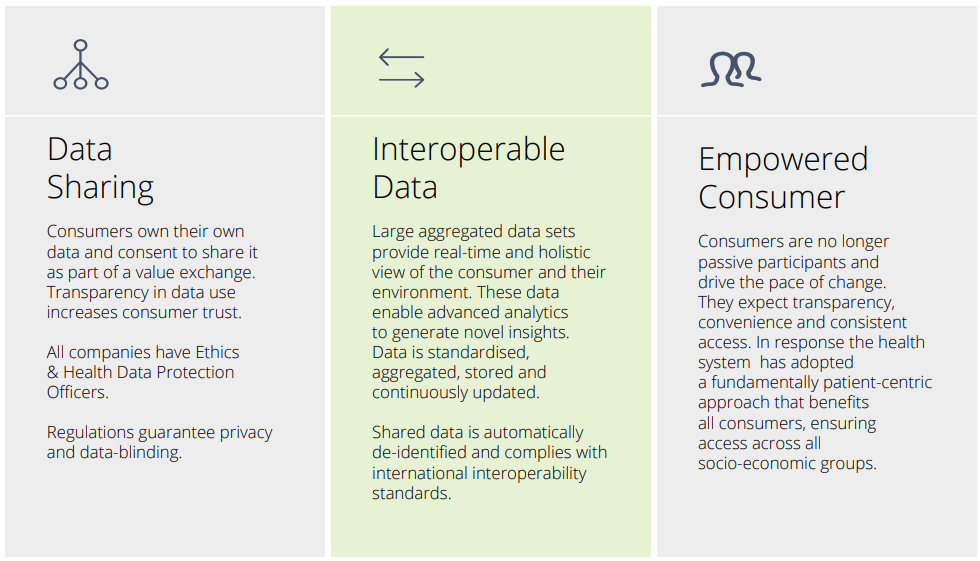
Figure 18: ‘The Future of Health 2040’ – 1
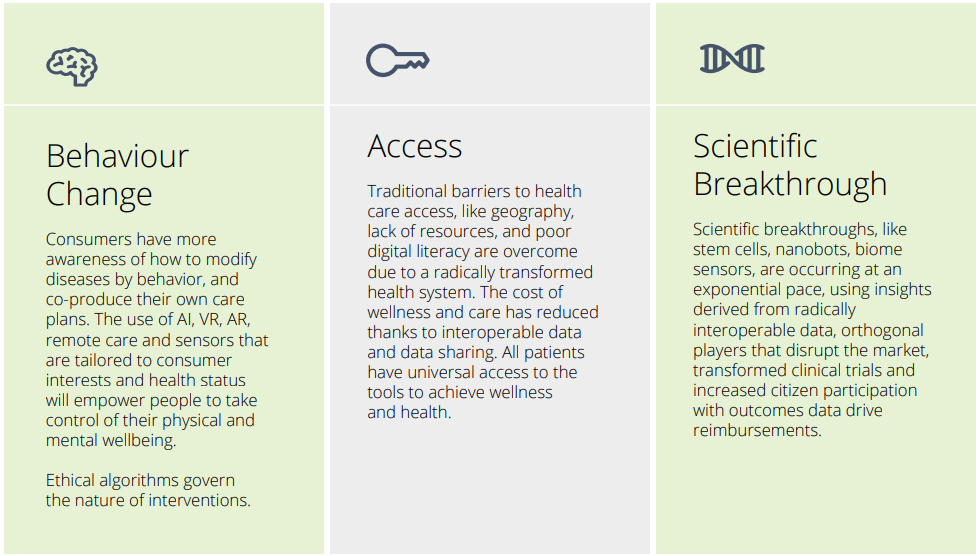
Figure 19: ‘The Future of Health 2040’ – 2
Benefits of Digital Health Systems
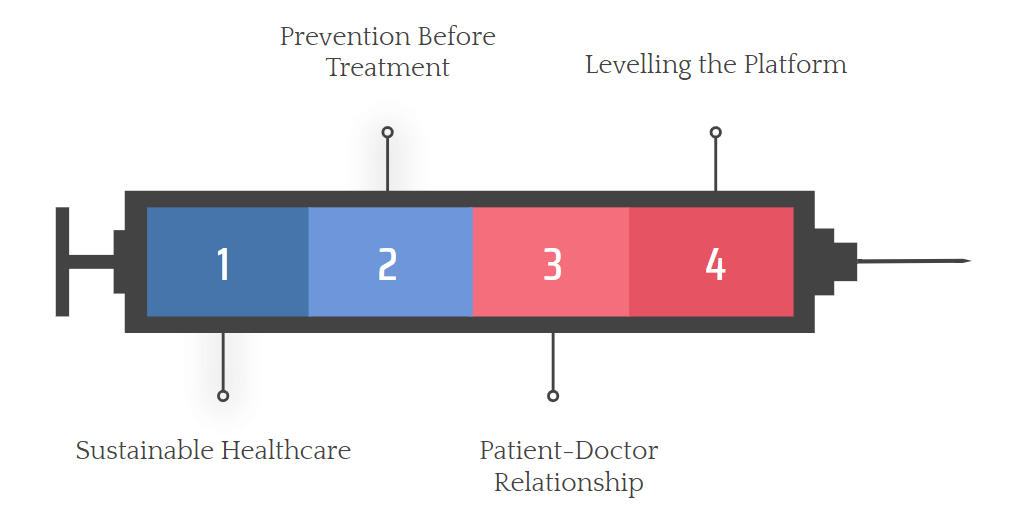
Figure 20: Benefits of digital health systems
2-Prevention Before Treatment: Digital health technologies help patients self-manage their health conditions by regularly monitoring and tracking symptoms. More importantly, it is a tool for the early detection of significant changes to disease progression in a patient before health has been irreversibly compromised. This is why digital health platforms are of great value for those classified as ‘at risk’.
3-Patient-Doctor Relationship: Essential factors affecting health, such as time of day, environmental stimulants, medication use, and medication adherence, can all be logged in real-time. They can be used to present a clear profile of the sensitivities of the patient’s condition. The quick, direct, and shared access to the patient’s current health status increases the sense of partnership, trust, and transparency between the patient and the doctor.
4-Levelling the Platform: Many digital health platforms are also a gateway to online communities where patients can encourage and engage with others experiencing similar health issues.
Digital Health Needs and Problems

Figure 21: Digital health needs and problems
2-Ethical Challenges: The increasing digitisation of healthcare and the growth of mobile and IoT devices as data collection tools raise many ethical issues. Now the data collected is more private and user-generated than ever before. Issues of privacy, protection, consent and ethical concerns relating to data ownership are frequently discussed in the literature. The speed of advancements and the increasing globalisation of healthcare solutions exacerbates this issue.
3-Increased Connected Health Solutions: A core aim of digital health is to help facilitate the circulation of data between patients, devices, and clinicians. Increasing this connectivity enables smarter and more timely information-sharing between clinicians and patients. As medicine moves beyond conventional clinical-based patient care to the personalised and preventative models offered by digital health applications, our patient safety concepts will also have to change. While the practices of informed consent and privacy by design are well-established in digital health, there are still concerns surrounding patients’ understanding of how their data is processed and by whom. An emerging trend in digital health is increased patient engagement, treating the patient as a stakeholder in research, not just a data source.
4-Role of Artificial Intelligence: Artificial Intelligence can utilise data generated in digital health systems to help with aspects of medicine, such as improved diagnosis, selecting treatments, and predicting clinical outcomes. AI solutions in digital health intensify safety, explainability, and fairness challenges. The risk to human life of AI-based systems needs to be better studied, and more standards for verifying such systems need to be established. The next generation of AI technologies needs to be transparent, understandable, explainable, and fair for deployment in clinical settings.
5-The Potential of Genomics: Technological advances, increasing demand, and a reduction in costs mean that the number of people undertaking genetic profiles is rising. Genomics information has the potential to make considerable gains in data-driven, personalised care. Genomics provides an individual with insight into what might happen to their health. There are millions of variants and no standard definition for them. These dynamic systems will require advanced AI paradigms to unify and analyse comprehensively. (Cummins and Schuller, 2020)
The Netherlands as a Digital Forerunner
Dutch healthcare is ahead in many respects in terms of digitisation compared to other European countries. The Netherlands is also top regarding using patient apps and wearables (35%) and the automation of clinical tasks (28%). Dutch healthcare institutions are not afraid to experiment with new technology compared to other countries. Dutch healthcare consumers can therefore handle digital applications relatively well. For example, research by the European Commission shows that Only 16.4% of the Dutch have few digital skills, compared to 31.5% in Italy. However, this is still a significant group. When implementing digital healthcare applications, it is essential to ensure that this group receives good care.
In the same research, respondents cited bureaucracy, technology cost, and finding the right technology as the top three challenges in implementing digital healthcare applications. It is striking that Dutch respondents often mention sharing patient data as a challenge. Unlike in other countries, Dutch patients cannot access their health data so quickly. The VIPP program (https://www.vipp-programma.nl/) aims to ensure that Dutch patients have easy access to their patient data and can decide with which healthcare providers to share it.
Digital Health Tools in the Netherlands
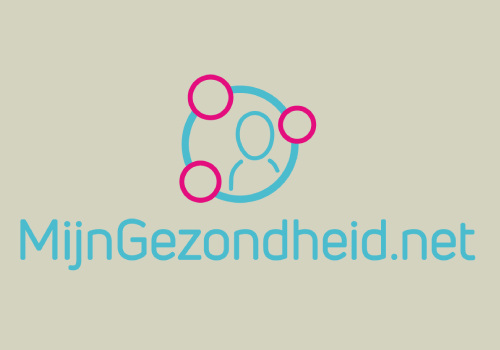

Thuisarts.nl is intended for anyone seeking information about health and illness:
- If you want to stay healthy
- If you want to know what you can do about your complaints
- If you want to know how you can deal with your symptoms
- You want to know who can help you
- If you want to know whether you should see a doctor or general practitioner
- You want to prepare for a conversation with your (family) physician
- You want to review the explanations and advice from your doctor or GP.
Doctors and other healthcare professionals use Thuisarts.nl when explaining things to you.
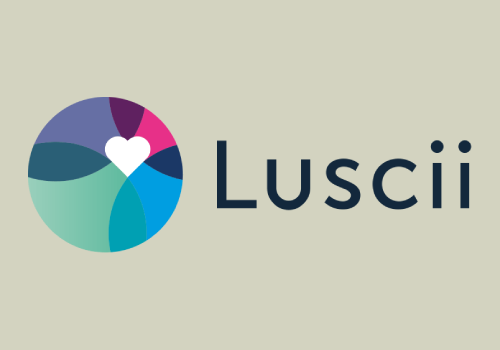
Luscii was founded in 2018 and used a mobile app to help prevent unnecessary hospital visits and admissions for vulnerable patients by increasing access to clinical support and improving the patient experience. Luscii is now active in seven countries and has secured worldwide partnerships with Apple and Omron. 50% of Dutch hospitals are using Luscii, and it has extended its services internationally.
The platform handled up to 15 million virtual care interactions between June and January 2020. Patients use the smartphone app to input their vital signs data (blood pressure, heart rate, ECG, emotion, pain, weight, blood glucose levels, and clinical questionnaires). These data are input directly into Luscii’s eHealth platform, an in-house developed Clinical Engine which applies AI algorithms to inform clinicians when patient conditions are deteriorating and need attention. Doctors and nurses access the data from the Luscii app directly from their EMRs.
Patients use the Luscii app to:
- Track their health condition from home
- Access information on how to cope with their diseases
- Communicate 24/7 with their care professionals via integrated video chat or messaging.
Quantified outcomes include:
- 65% reduction in hospital admissions for chronic heart failure
- 51% reduction in hospital costs for COPD
- 78% reduction in hospital admissions for gestational hypertension
- Net Promoter Score 4.6 out of 5-star rating by patients.
In early 2020, in response to the COVID-19 pandemic, Luscii provided medical guidance on corona symptoms with up to 190,000 daily users in the Netherlands alone (becoming the country’s number one downloaded app).

SET aims to help the elderly and people at risk of a chronic disease or limitation. The goal is for them to live at home for longer. With eHealth, they can have a better quality of life. For example, to make medication administration easier and safer for people at home. The SET aims to expand and maintain e-health resources for this group.
References
Cummins and Schuller. (2020, December 8). Five Crucial Challenges in Digital Health. frontiers. https://www.frontiersin.org/articles/10.3389/fdgth.2020.536203/full
Deloitte. (2020, September). Digital transformation Shaping the future of European healthcare. Deloitte Touche Tohmatsu Limited. https://www2.deloitte.com/content/dam/Deloitte/uk/Documents/life-sciences-health-care/deloitte-uk-shaping-the-future-of-european-healthcare.pdf
DHS. (n.d.). ABOUT US. ECHAlliance Group. https://thedigitalhealthsociety.com/
InofabHealth. (2019, July 16). 5 Benefits of Digital Health Systems. InofabHealth. https://www.inofab.health/article/5-benefits-of-digital-health-systems
Ronquillo et al. (2022, May 8). Digital Health. National Library of Medicine. https://www.ncbi.nlm.nih.gov/books/NBK470260/
